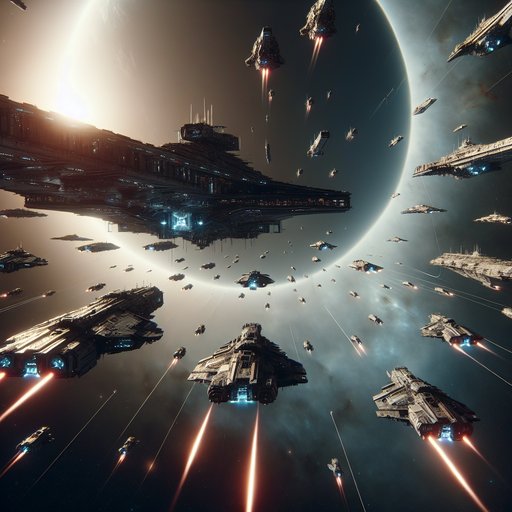 In the grand political chessboard of the Helix Nebula, the young queen must navigate treachery and deceit to maintain her throne and prevent an interstellar war.
In the grand political chessboard of the Helix Nebula, the young queen must navigate treachery and deceit to maintain her throne and prevent an interstellar war.
 On the terraformed moon, Europa, colonist Kael Jenkins grapples with the unforeseen consequences of tampering with the celestial order. As the moon's icy surface begins to unpredictably thaw and refreeze, threatening their fragile ecosystem, Kael must confront his own role in the impending catastrophe.
On the terraformed moon, Europa, colonist Kael Jenkins grapples with the unforeseen consequences of tampering with the celestial order. As the moon's icy surface begins to unpredictably thaw and refreeze, threatening their fragile ecosystem, Kael must confront his own role in the impending catastrophe.

ESA’s Hera mission, launched in October 2024, is now en route to the Didymos binary asteroid system to complete the first full-scale test of planetary defense begun by NASA’s DART impact in 2022. By arriving in 2026, Hera will transform a headline-grabbing collision into quantified science, measuring how the kinetic strike altered Dimorphos and its orbit. The mission aims to turn a successful demonstration into an engineering blueprint for future asteroid deflection strategies. It is a tightly coordinated international effort designed to answer how, and how well, humanity can nudge a hazardous object off course.

Remove buoyancy, sedimentation, and natural convection, and physics—and biology—behave in surprising ways. That is the premise behind zero-gravity research on platforms such as the International Space Station (ISS), drop towers, parabolic flights, and suborbital rockets. Over the past two decades, this weightless laboratory has enabled experiments that are hard or impossible on Earth, from quantum gases that linger longer to flames that burn without a visible glow. The results are reshaping textbook assumptions, informing spacecraft engineering, and seeding practical advances in medicine and manufacturing. As new facilities come online and commercial stations take shape, microgravity is evolving from a novelty into a precision tool for discovery.

































































